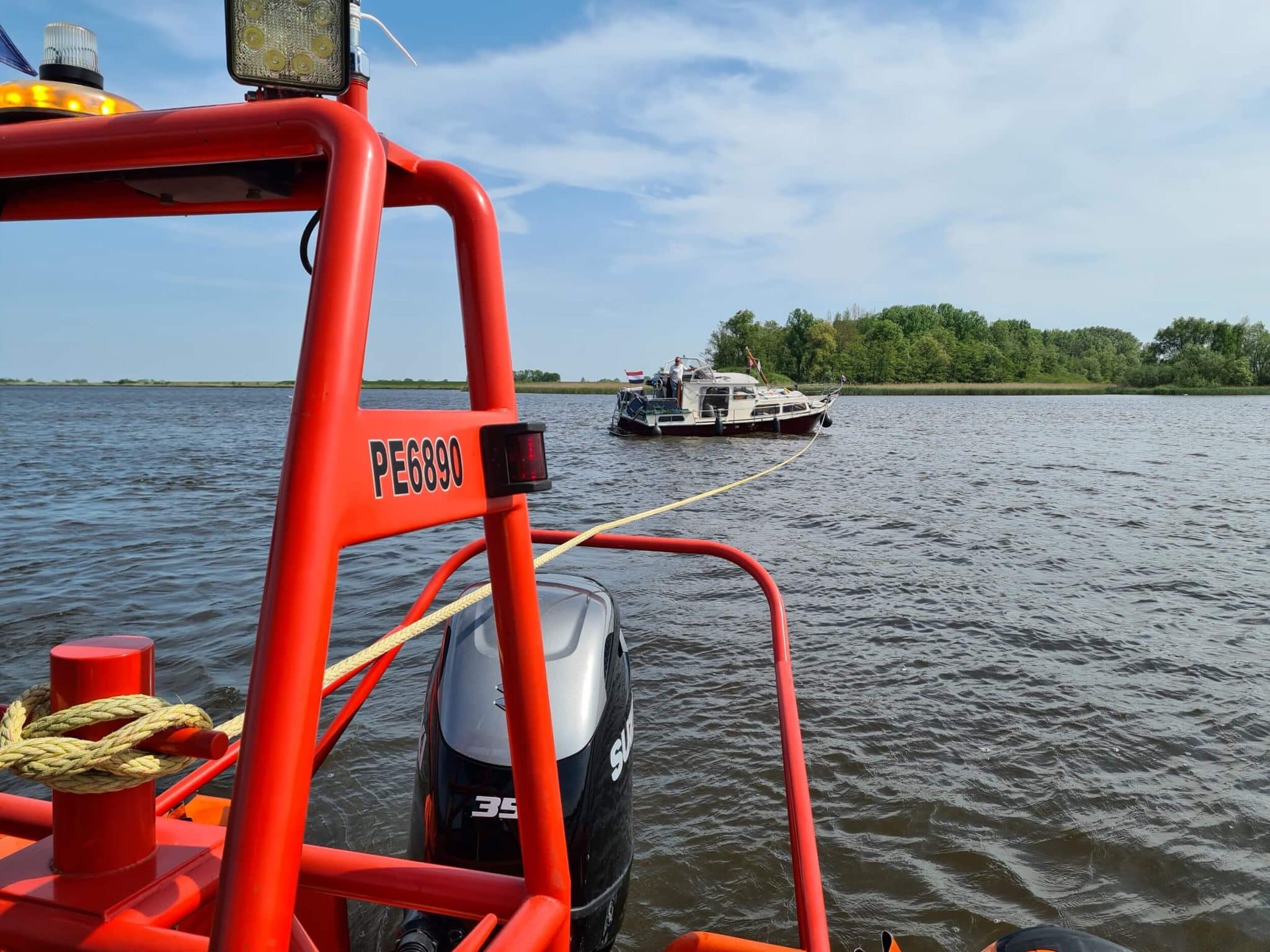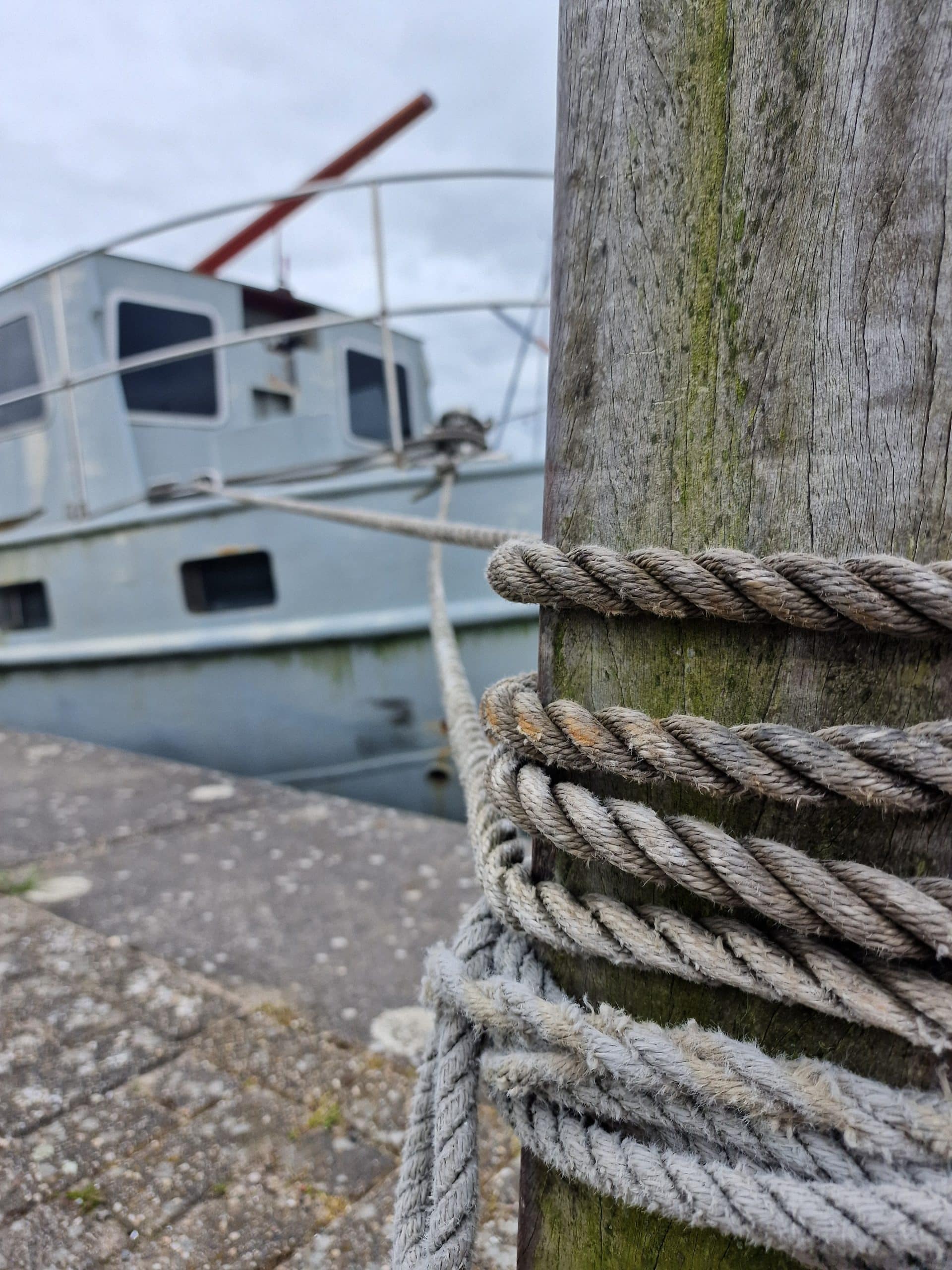Engine trouble with your boat? Everything you need to know about engine trouble on the water
- Blog
- June 20, 2025
Engine trouble on the water is not only annoying, it can also be dangerous. You're often in a place where you can't just call emergency services or have a mechanic come by. This guide will tell you what the most common causes of engine trouble on a boat are, what to do if your engine fails, and how to prevent this type of breakdown.
This blog in brief:
- Causes of engine failure are often fouled fuel filters, air in the system, a broken impeller or a blocked propeller are the culprits.
- What to do in case of a breakdown: drop anchor, check engine, use VHF and call for help via VHF or telephone if necessary.
- Perform regular maintenance, replace the impeller annually, check oil levels and battery, and protect your cables.
What is engine trouble on your boat?
Engine trouble on a boat simply means that your engine fails or no longer functions as it should. This can range from an engine that won't start to a completely stalled engine on open water. It happens to both inboard and outboard engines, and usually just when you can use it the least: in the middle of the lake, in port, or right in front of a bridge.
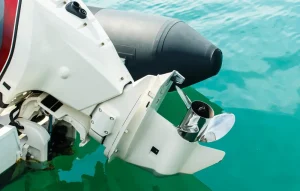
Common causes of engine failure on a boat
1. Contaminated filters and air in the system.
An engine failure often comes from dirt in the diesel tank. This dirt causes blockages. Check regularly to make sure the diesel is clean. Filters with a glass at the bottom help with this. If you see black lumps or dark slime, the diesel is contaminated. Replace the filter immediately and consider having the tank cleaned.
Air in the fuel system also causes problems. After changing a filter, bleed the engine properly, from tank to injectors. To do this, use the boost pump and, if necessary, the starter motor.
2. Blocked screw
Water plants, fishing nets or plastic can block your propeller. The engine becomes overloaded and can stall. Be especially careful with saildrive boats: plastic can block cooling water, causing overheating. Always check that you can anchor safely and carefully try to remove debris. Enter the water only when it is really safe.
3. Broken impeller
The impeller, a rubber paddle wheel, provides cooling water to the engine. When idle, the impellers deform and can break. Replace them every boating season to prevent overheating and engine damage.
4. Empty battery
Without power, the engine will not start. Make sure you have a starter battery as well as a service battery. Bring jumper cables so you can connect the batteries in an emergency.
5. Snapping reversing clutch
Wear or damage to the cables between throttle and gearbox will cause problems. Always shift at low rpm. Check the cables annually and protect them from wear with tape or a piece of garden hose.
6. Oil level too low
Regularly check the oil level of the engine as well as the reverse gear. Always carry some extra oil on board.
What to do in case of engine trouble on the water?
Don't panic. Follow these steps:
- Turn off the engine and, if possible, lay the anchor to prevent drifting.
- Visually check the engine: do you see leaks, loose cables or clogged filters?
- Try restarting, but don't overdo it. Starting too often can cause damage.
- Use your VHF radio or cell phone to call for help. Channel 16 on the VHF radio is the emergency channel.
- Enlist help through our alarm center: 085-3038253
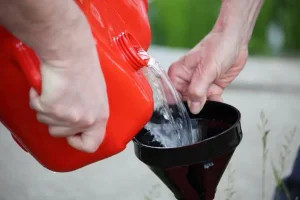
Engine breakdown boat prevention: maintenance & tips
Prevention really is better than cure, especially on the water. Regular maintenance is essential:
- Check fuel filters and tank regularly.
- Flush the cooling channels and check the impeller.
- Test your battery and replace it if it is older than 3 years.
- Create a set maintenance schedule each boating season.
- Use digital logs or apps to track maintenance.
- Always shift between forward, reverse and neutral with caution.
- Additionally protect cabling rubbing along moving parts with tape or hose.
Engine breakdown checklist: what do you need on board?
Always have the items below on board:
- Spare V-belt
- Impeller and spark plugs
- Spare fuel filters
- Tool set
- VHF radio or VHF radio
- First aid kit
- Flashlight and life jackets
- Extra oil
- Jumper cables
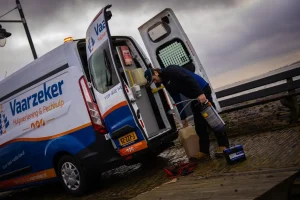
Vaarzeker subscription: carefree boating with breakdown assistance
Want to get out on the water without worry, even if your engine suddenly breaks down? Then a subscription to Vaarzeker is worth considering.
With a fixed price per month, you get breakdown assistance on all Dutch inland waterways, lakes and even the Wadden Sea. Think of:
- Towing services and engine failure assistance
- On-site or port repair
- Telephone technical advice
- No unexpected costs, only material costs
For boats up to 10 meters, you start as low as €19 per month. See all options at our subscriptions. This way you can be sure that in case of engine trouble you are not alone and you can really sail carefree. Do you have any further questions? Then feel free to contact with us, we are happy to help!
Frequently asked questions about engine trouble on a boat
How often should I service my outboard motor?
Annually, or after about 100 hours of operation.
What does roadside assistance cost on the water?
It varies, but without a subscription it can add up considerably. Think hundreds of dollars per incident.
Is a marine radio mandatory in case of a breakdown?
No, but it is highly recommended. Especially on crowded or large waters.
Can I replace an impeller myself?
Yes, with proper instruction and tools, it is quite doable.
What if my engine catches fire?
Use a fire extinguisher, turn off all power and get yourself to safety. Report it immediately via VHF or phone.
Need help choosing?
Need help choosing a subscription? Then use our handy selection guide.
Newsletter subscription
Fill out the form below to become a member of our newsletter
